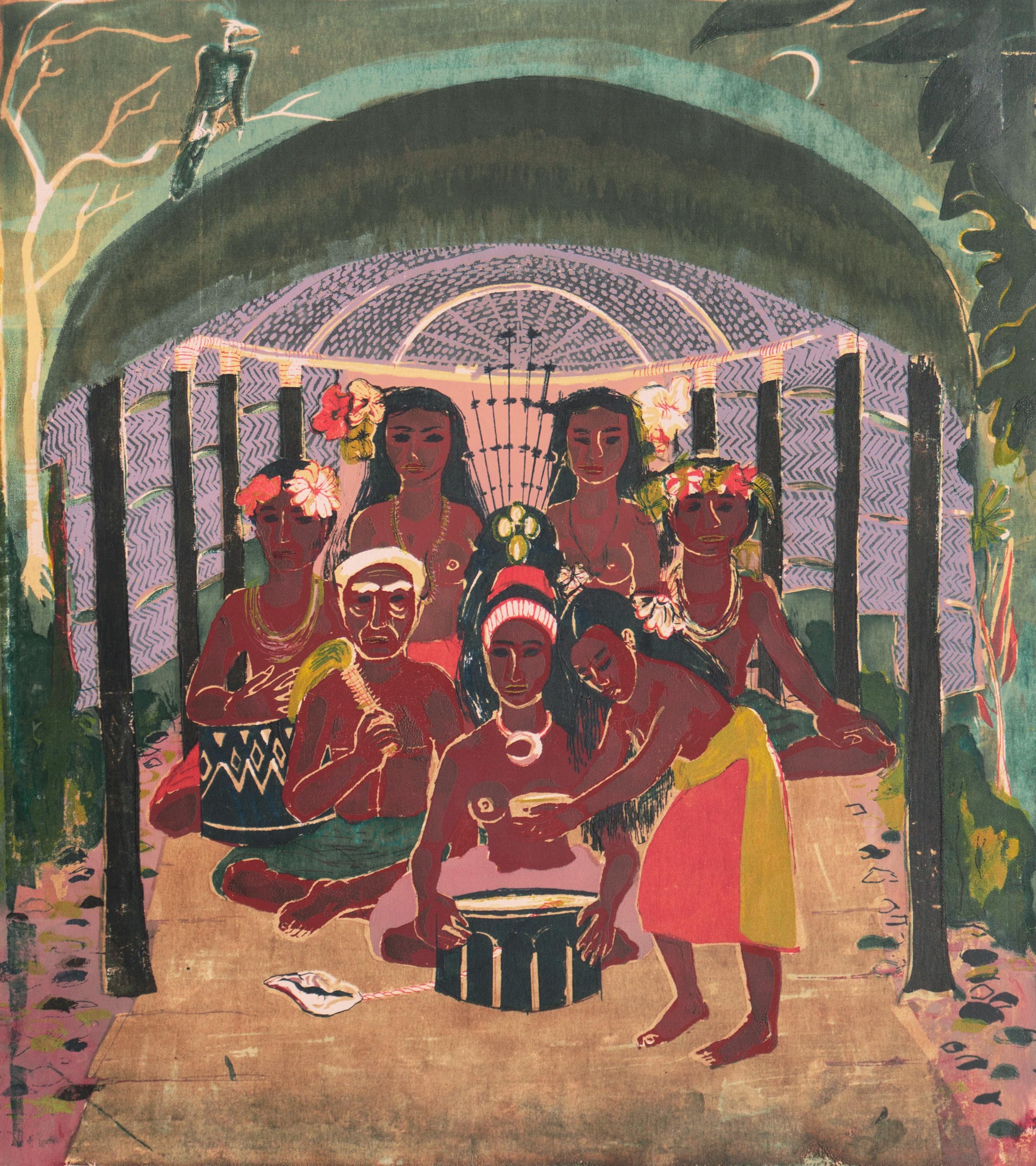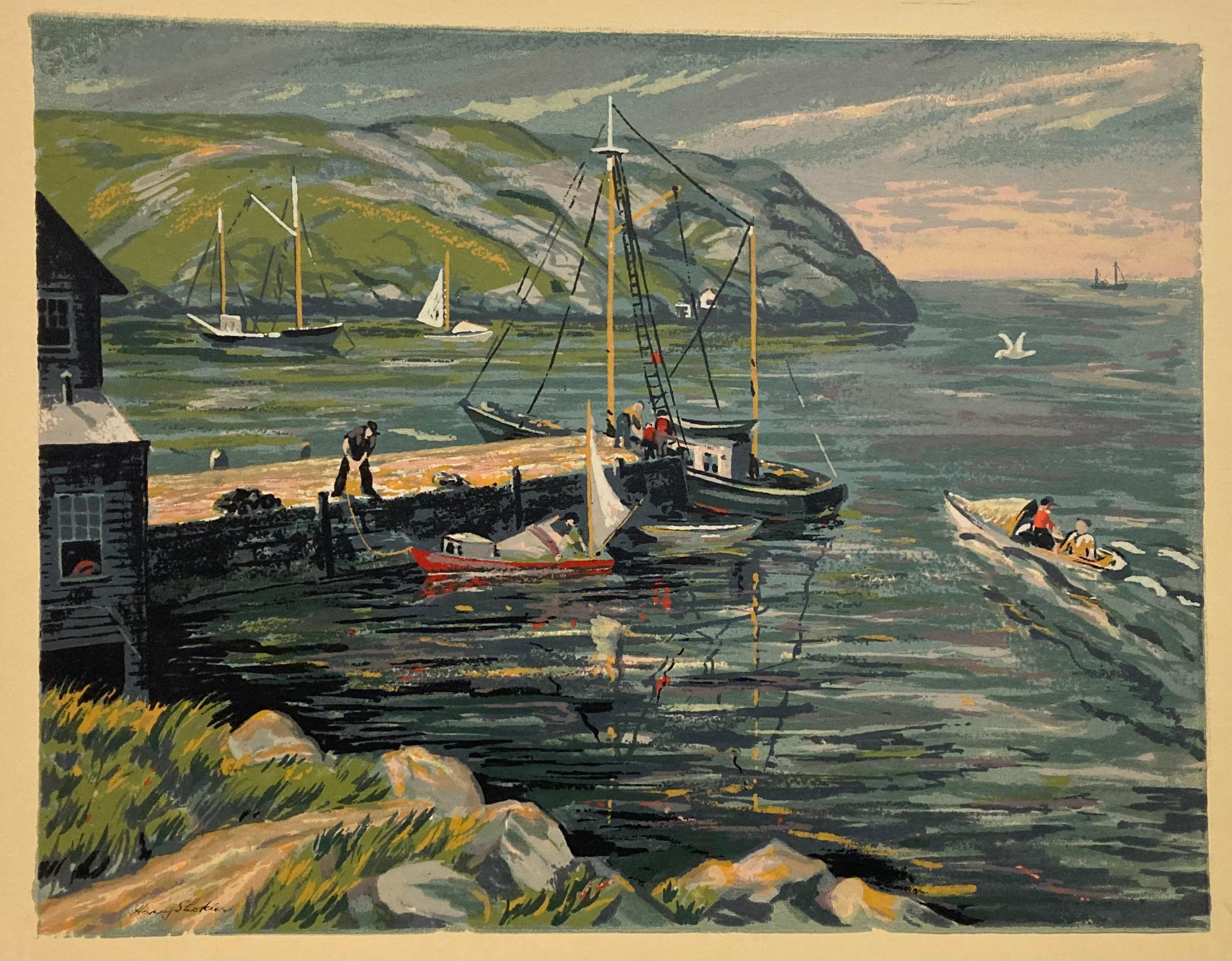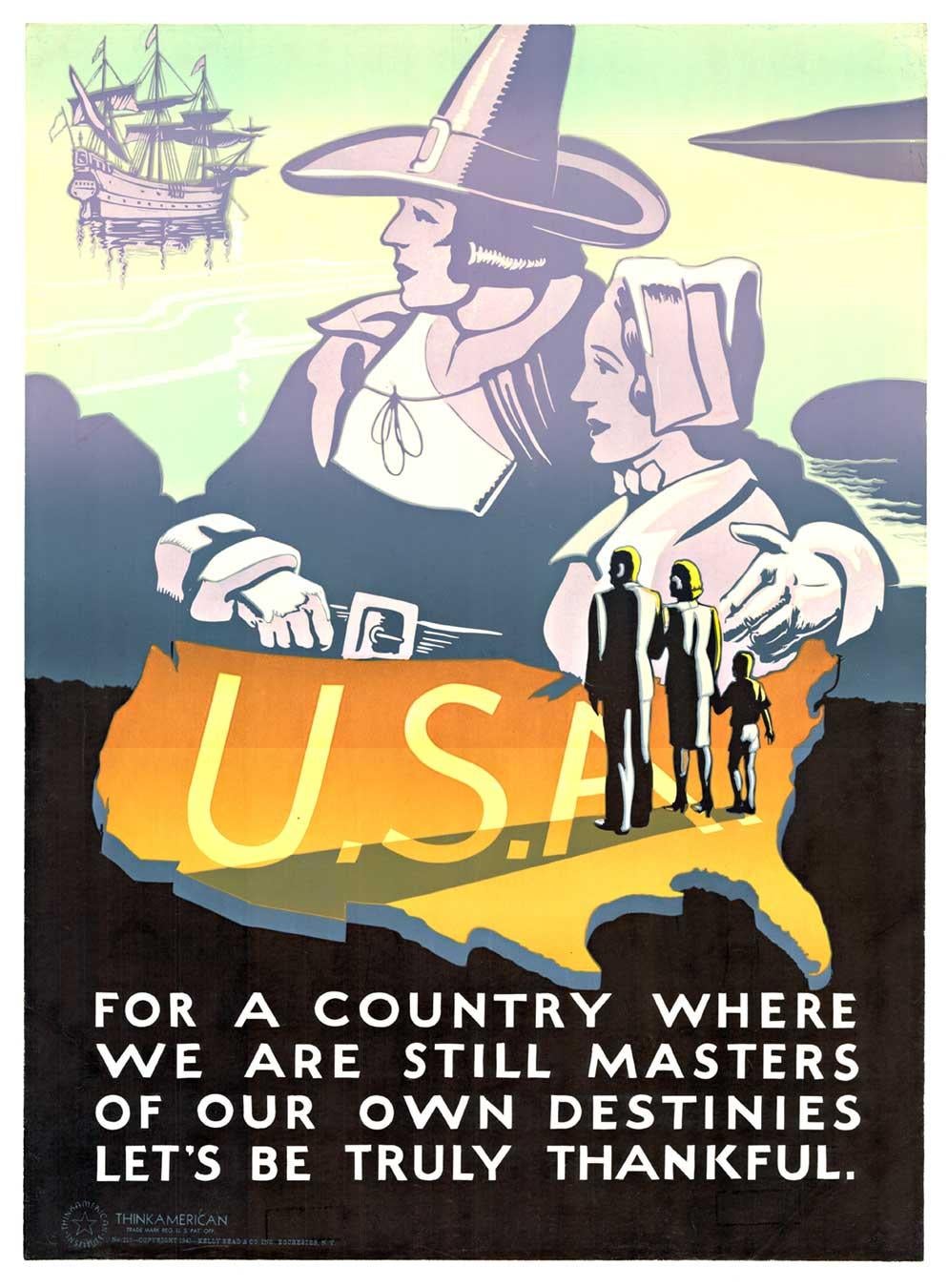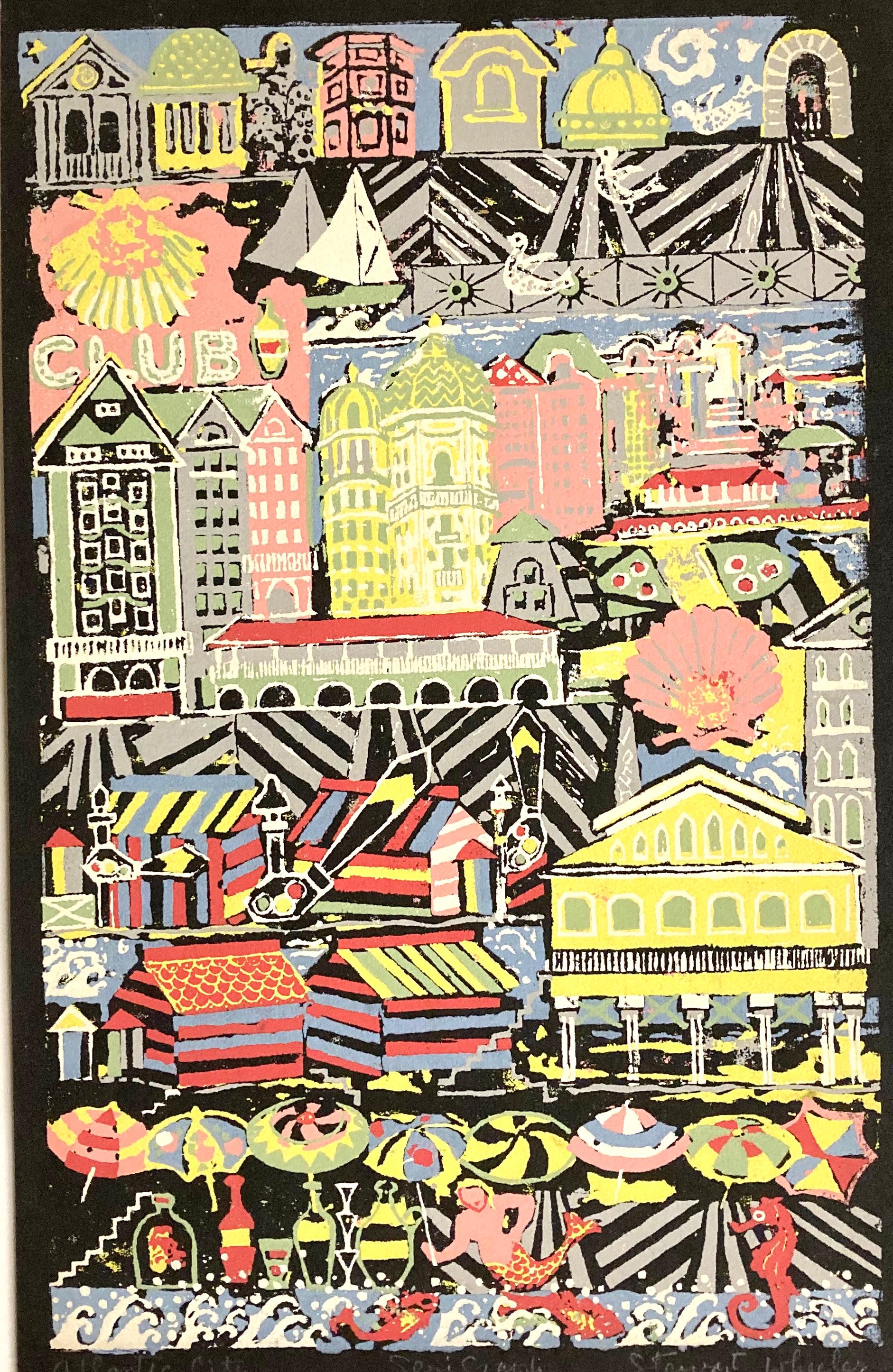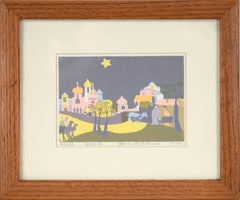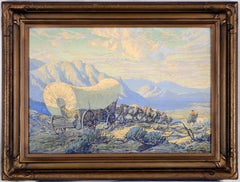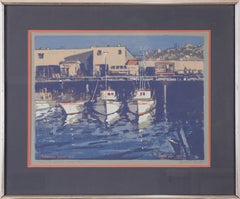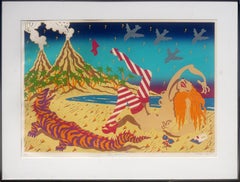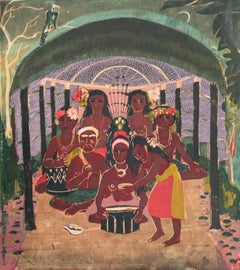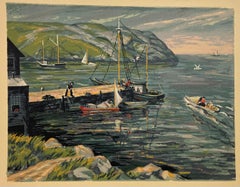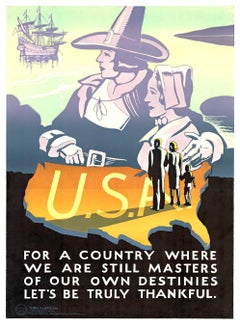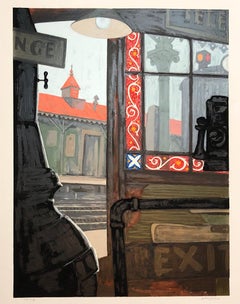Items Similar to Calle De La Ermita, Valencia Spain
Want more images or videos?
Request additional images or videos from the seller
1 of 8
Guido LopezCalle De La Ermita, Valencia Spain2000
2000
About the Item
Bright and bold screen print by Spanish artist Guido Lopez (Spain, 20th century). Signed and titled, "Guido Lopez", 12/150. Unframed. Image 22.5"H x 25"L, Mat 31"H x 34.25"L.
- Creator:
- Creation Year:2000
- Dimensions:Height: 31 in (78.74 cm)Width: 34.25 in (87 cm)Depth: 1 in (2.54 cm)
- Medium:
- Movement & Style:
- Period:
- Condition:
- Gallery Location:Soquel, CA
- Reference Number:Seller: NR32521stDibs: LU5421483003
About the Seller
5.0
Platinum Seller
Premium sellers with a 4.7+ rating and 24-hour response times
Established in 1986
1stDibs seller since 2014
2,873 sales on 1stDibs
Typical response time: <1 hour
- ShippingRetrieving quote...Shipping from: Soquel, CA
- Return Policy
Authenticity Guarantee
In the unlikely event there’s an issue with an item’s authenticity, contact us within 1 year for a full refund. DetailsMoney-Back Guarantee
If your item is not as described, is damaged in transit, or does not arrive, contact us within 7 days for a full refund. Details24-Hour Cancellation
You have a 24-hour grace period in which to reconsider your purchase, with no questions asked.Vetted Professional Sellers
Our world-class sellers must adhere to strict standards for service and quality, maintaining the integrity of our listings.Price-Match Guarantee
If you find that a seller listed the same item for a lower price elsewhere, we’ll match it.Trusted Global Delivery
Our best-in-class carrier network provides specialized shipping options worldwide, including custom delivery.More From This Seller
View All"Nativity" Modernist Landscape Screen Print in Ink on Paper -
Located in Soquel, CA
"Nativity" Modernist Landscape Screenprint in Ink on Paper
Whimsical modern landscape silkscreen print of the nativity scene by San Francisco, C...
Category
1970s Modern Figurative Prints
Materials
Paper, Printer's Ink, Screen
$452 Sale Price
20% Off
"The Covered Wagon" On the Oregon Trail Prairie Schooner Horseman and Cattle
Located in Soquel, CA
"The Covered Wagon" On the Oregon Trail Prairie Schooner and Cattle
Facsimile in oil or silk screen Oil print by Gilbert Ross Tonge (American, 1883 - 1970...
Category
1940s American Impressionist Landscape Prints
Materials
Oil, Illustration Board, Screen
"Fisherman's Wharf - San Francisco" Multi Layer Screen Print on Paper - Signed
By Gordon Cope
Located in Soquel, CA
"Fisherman's Wharf - San Francisco" Multi Layer Screen Print on Paper - Signed
Rare and bold Screen Print (Silk Screen) of Fisherman's Wharf 1957 by Gordon Cope (American, 1906-1999). Several boats are docked at Fisherman's Wharf, with buildings directly behind them. In the distance, the hills of San Francisco can be seen meeting a pale blue sky. Of particular note is the skillful representation of the reflections of the boats in the water, and the clever use of grey paper as negative space.
Numbered and titled in pencil in the lower left corner "22/100 Fisherman's Wharf - San Francisco"
Hand signed and dated in pencil in the lower right corner "Gordon Cope 1957"
Titled, signed, and dated "in plate"
Presented in a silver colored frame with a double mat.
Frame size: 22.5"H x 27"W
Image size: 15"H x 20"W
Gordon N. Cope (American, 1906-1999) was an educator and painter. Trained in Utah and France, he exhibited his landscape paintings and portraits in the United States and Europe, and he believed music was related to painting.
Cope was born on May 14, 1906, in Salt Lake City. He was trained by Utahn artists LeConte Stewart and Lawrence Squires, and at the Académie Julian in Paris, France in 1928. He also studied singing at the Opéra-Comique.
Cope taught art at Latter-day Saints University, and he served as the chair of its Department of Art in 1930–1931. He taught at the Mountain School of Art from 1932 to 1938, and he was the director of the Art Barn School in Salt Lake City in 1939–1941. Cope painted Utahn landscapes as well as a portrait of Henry H. Blood, who served as the seventh governor of Utah from 1933 to 1941. Cope exhibited his work in the United States and Europe. According to the Deseret News, Cope "felt that music and painting are closely interrelated, and that the study of one form may be used to complement the appreciation and understanding of the other."
Cope died on June 10, 1999, in San Francisco, California.
Gordon Nicholson Cope studied with well-known Utah artists A.B. Wright and LeConte Stewart, and became recognized as a major Utah artist of the Great Depression. Cope was born in Salt Lake City in 1906 and spent much of his life in Utah.
Cope gained much of his artistic training from diverse environments and influences. Following his training with the previously mentioned artists, Cope spent the next year, 1924, working with Lawrence Squires in Arizona. To expand his knowledge and training, Cope traveled to Europe, where he studied the "old masters" such as Da Vinci, Michelangelo, and Raphael. From 1924 to 1928, Cope studied in England, France, Italy, Switzerland, Belgium, Holland, and worked for a year at the Acadamie Julian, where many early Utah artists...
Category
1950s American Impressionist Landscape Prints
Materials
Paper, Ink, Screen
$1,320 Sale Price
20% Off
"Blue Lagoon", Whimsical Beach Landscape with Figure, Lizard, Volcanoes & Planes
Located in Soquel, CA
Whimsical and vivacious limited editions screen-print on paper depicting a smiling nude figure lounging on a beach next to a fantastical orange and purple striped iguana, with volcanos erupting in the distance and several airplanes flying through the night sky by Phoebe Cole...
Category
1980s Surrealist Figurative Prints
Materials
Paper, Ink, Screen
"Sharing" Multi Layer Screen Print on Paper
Located in Soquel, CA
Vibrant screen print of people gathering around a pond by Jane Leddy (American, 1925-2019). People and various animals - including goats, ducks, and cows - ...
Category
1980s American Impressionist Figurative Prints
Materials
Paper, Ink, Screen
$920 Sale Price
20% Off
Royal Hotel - New Orleans 1920s Depression Art Lithograph in Ink on Paper
Located in Soquel, CA
Royal Hotel - New Orleans 1920s Depression Art Lithograph in Ink on Paper
Dramatic street scene with a man wearing a trench coat and hat by Robert J We...
Category
Late 20th Century American Modern Landscape Prints
Materials
Paper, Lithograph
You May Also Like
'Formal Samoan Meal', NYMoMA, Metropolitan Museum, National Gallery, SFAA, GGIE
By Marion Osborn Cunningham
Located in Santa Cruz, CA
Stamped, verso, with certification of authenticity for 'Marion Cunningham' (American, 1908-1948) and created in 1948.
Paper dimensions: 17.75 x 16 inches
A substantial and rare, mid-century silkscreen showing a Samoan family seated beneath a traditional tent of tapa cloth and being served by a young woman. To realize this complex work, Cunningham used as many as one dozen hand-drawn screens, each of which varied in pigment, hue and opacity. Created during the extraordinary creative ferment that characterized the last year of the artist's life, this work represents a remarkable achievement for both artist and medium.
Born in Indiana, Marion Osborn Cunningham moved to California in 1911. She first studied art with the American Impressionist, Ruth Heil Emerson, before continuing her education at Santa Barbara City College and receiving her Bachelor of Arts from Stanford University. She subsequently furthered her studies at the California School of the Fine Arts and at the Art Students League in New York City, where she met and married the American abstract artist Ben Cunningham. Returning to San Francisco...
Category
1940s Modern Landscape Prints
Materials
Paper, Screen
Harry Shokler, Island Harbor
By Harry Shokler
Located in New York, NY
Harry Shokler used serigraphy to great advantage in this landscape. It's colorful and detailed.
It is signed in the image at the lower left. When printmakers began making serigraphs...
Category
1940s American Modern Figurative Prints
Materials
Screen
Original "Think American" USA World War II vintage poster
Located in Spokane, WA
Original poster: For a Country Where We Are Still Masters of Our Own Destinies, Let's Be Truly Thankful. Silk-screened patriotism. This is a poster meant to appeal to the American family. Soft, rich colors and a patriotic vision...
This poster has been archivally mounted on linen and is in fine condition condition. Touched up pin-holes in the corners. A- condition.
The Original Think American, USA World War 2 Poster is a captivating piece of history and art. This vintage poster showcases a unique design that captures the era's essence. It features a pilgrim couple gazing out to sea towards their three-master schooner, representing America's pioneering and adventurous spirit. The outline of the United States is a powerful symbol of national pride and strength. The large text along the bottom of the poster delivers a thought-provoking message, reminding viewers to be grateful for the country where they can shape their own destinies. Created and printed by Think America, a renowned brand, this poster is a true collector's item that celebrates American history and values.
The ghosted image of early Pilgrims seems to reach out to the American family who are standing on an outline of the United States. The old sailing...
Category
1940s American Modern Figurative Prints
Materials
Screen
$360 Sale Price
20% Off
Modernist Silkscreen Screenprint 'El Station, Interior' NYC Subway, WPA Artist
By Anthony Velonis
Located in Surfside, FL
screenprint printed in color ink on wove paper. New York City subway station interior.
Anthony Velonis (1911 – 1997) was an American painter and designer born in New York City who helped introduce the public to silkscreen printing in the early 20th century.
While employed under the federal Works Progress Administration, WPA during the Great Depression, Velonis brought the use of silkscreen printing as a fine art form, referred to as the "serigraph," into the mainstream. By his own request, he was not publicly credited for coining the term.
He experimented and mastered techniques to print on a wide variety of materials, such as glass, plastics, and metal, thereby expanding the field. In the mid to late 20th century, the silkscreen technique became popular among other artists such as Robert Rauschenberg and Andy Warhol.
Velonis was born into a relatively poor background of a Greek immigrant family and grew up in the tenements of New York City. Early on, he took creative inspiration from figures in his life such as his grandfather, an immigrant from the mountains in Greece, who was "an ecclesiastical painter, on Byzantine style." Velonis attended James Monroe High School in The Bronx, where he took on minor artistic roles such as the illustration of his high school yearbook. He eventually received a scholarship to the NYU College of Fine Arts, into which he was both surprised and ecstatic to have been admitted. Around this time he took to painting, watercolor, and sculpture, as well as various other art forms, hoping to find a niche that fit. He attended NYU until 1929, when the Great Depression started in the United States after the stock market crash.
Around the year 1932, Velonis became interested in silk screen, together with fellow artist Fritz Brosius, and decided to investigate the practice. Working in his brother's sign shop, Velonis was able to master the silkscreen process. He reminisced in an interview three decades later that doing so was "plenty of fun," and that a lot of technology can be discovered through hard work, more so if it is worked on "little by little."
Velonis was hired by Mayor LaGuardia in 1934 to promote the work of New York's city government via posters publicizing city projects. One such project required him to go on a commercial fishing trip to locations including New Bedford and Nantucket for a fortnight, where he primarily took photographs and notes, and made sketches. Afterward, for a period of roughly six months, he was occupied with creating paintings from these records. During this trip, Velonis developed true respect and affinity for the fishermen with whom he traveled, "the relatively uneducated person," in his words.
Following this, Velonis began work with the Public Works of Art Project (PWAP), an offshoot of the Civil Works Administration (CWA), where he was assigned to serve the different city departments of New York. After the formation of the federal Works Progress Administration, which hired artists and sponsored projects in the arts, he also worked in theater.
Velonis began working for the federal WPA in 1935. He kept this position until 1936 or 1938, at which point he began working in the graphic art division of the Federal Art Project, which he ultimately led. Under various elements of the WPA program, many young artists, writers and actors gained employment that helped them survive during the Depression, as well as contributing works that created an artistic legacy for the country.
When interviewed in December 1994 by the Library of Congress about his time in the WPA, Velonis reflected that he had greatly enjoyed that period, saying that he liked the "excitement" and "meeting all the other artists with different points of view." He also said in a later interview that "the contact and the dialogue with all those artists and the work that took place was just invaluable." Among the young artists he hired was Edmond Casarella, who later developed an innovative technique using layered cardboard for woodcuts.
Velonis introduced silkscreen printing to the Poster Division of the WPA. As he recalled in a 1965 interview: "I suggested that the Poster division would be a lot more productive and useful if they had an auxiliary screen printing project that worked along with them. And apparently this was very favorably received..."
As a member of the Federal Art Project, a subdivision of the WPA, Velonis later approached the Public Use of Arts Committee (PUAC) for help in "propagandizing for art in the parks, in the subways, et cetera." Since the Federal Art Project could not be "self-promoting," an outside organization was required to advertise their art more extensively. During his employment with the Federal Art Project, Velonis created nine silkscreen posters for the federal government.
Around 1937-1939 Velonis wrote a pamphlet titled "Technical Problems of the Artist: Technique of the Silkscreen Process," which was distributed to art centers run by the WPA around the country. It was considered very influential in encouraging artists to try this relatively inexpensive technique and stimulated printmaking across the country.
In 1939, Velonis founded the Creative Printmakers Group, along with three others, including Hyman Warsager. They printed both their own works and those of other artists in their facility. This was considered the most important silkscreen shop of the period.
The next year, Velonis founded the National Serigraph Society. It started out with relatively small commercial projects, such as "rather fancy" Christmas cards that were sold to many of the upscale Fifth Avenue shops...
Category
1980s American Modern Figurative Prints
Materials
Screen
Stewart Wheeler, Atlantic City (New Jersey)
Located in New York, NY
The little that is know about the painter and printmaker Stewart Wheeler indicates that most of his career was spent in Philadelphia, Pennsylvania. And...
Category
Mid-20th Century American Modern Landscape Prints
Materials
Screen
PULLING CORN (FODDER HOPPER) - Scarce Print!
By Bernard Joseph Steffen
Located in Santa Monica, CA
BERNARD (JOSEPH) STEFFEN (1907 – 1980)
PULLING CORN (FODDER HOPPER) c. 1935-45
Color serigraph signed with a full signature below the image at the lower right sheet edge . Unknown e...
Category
1930s Modern Landscape Prints
Materials
Screen
